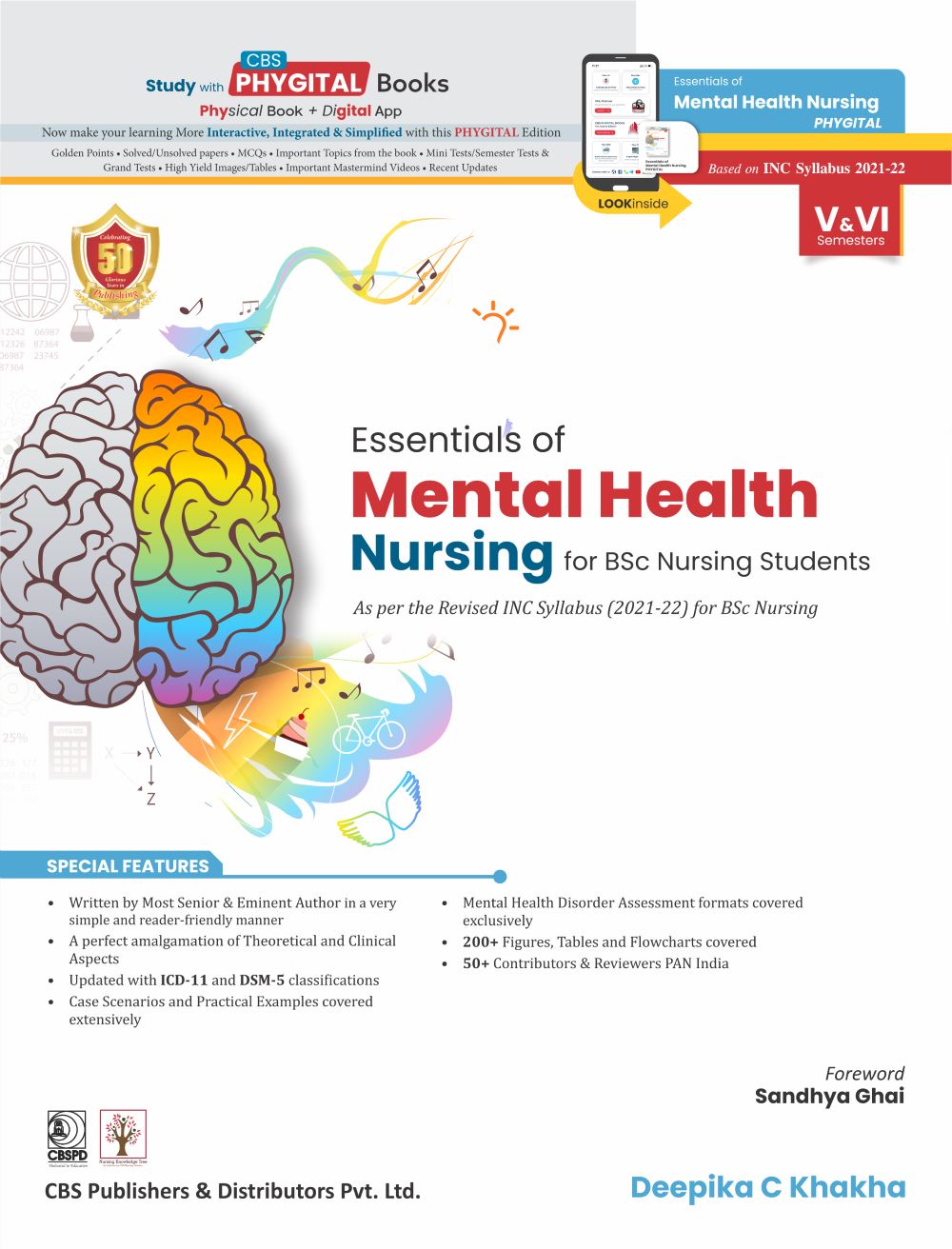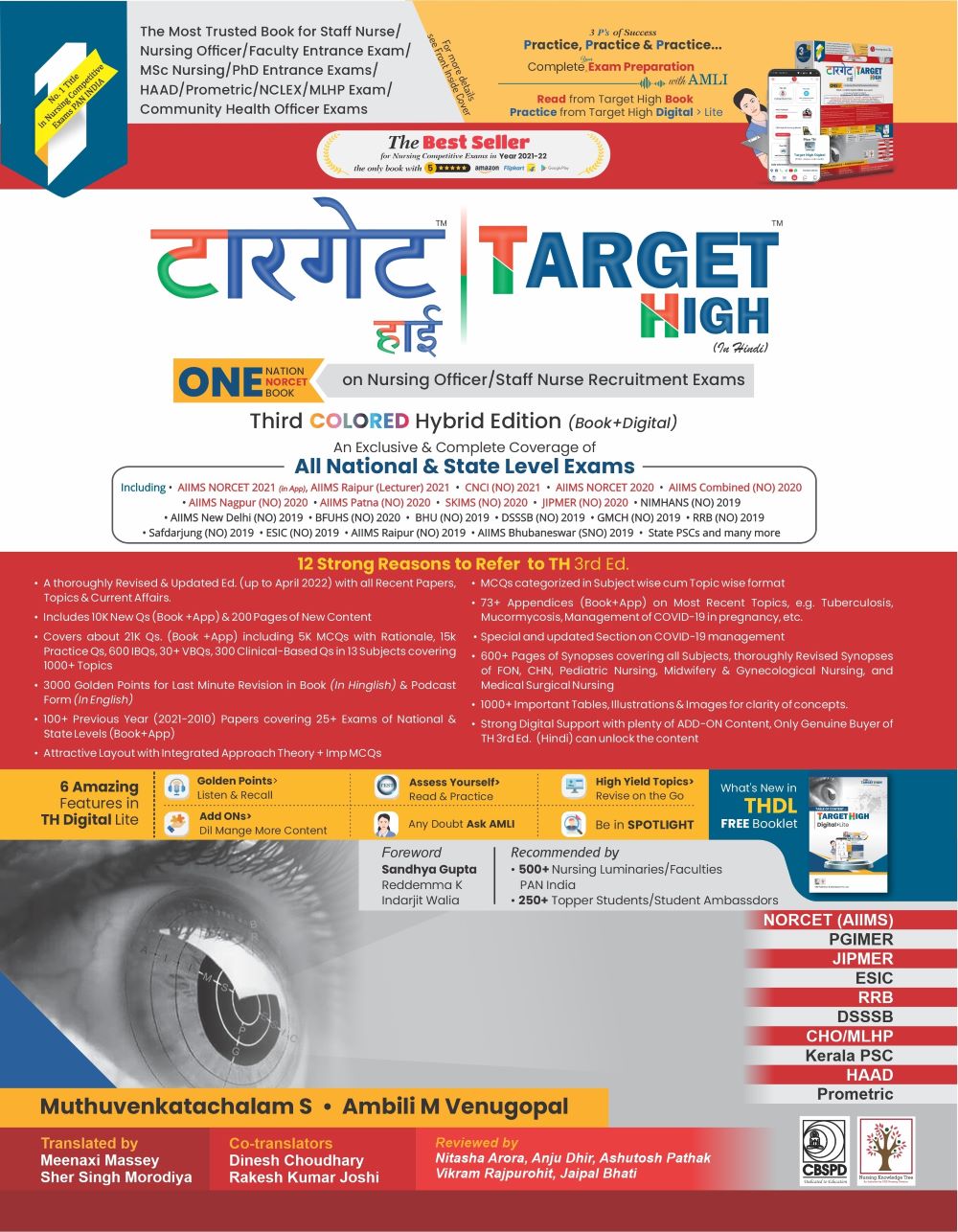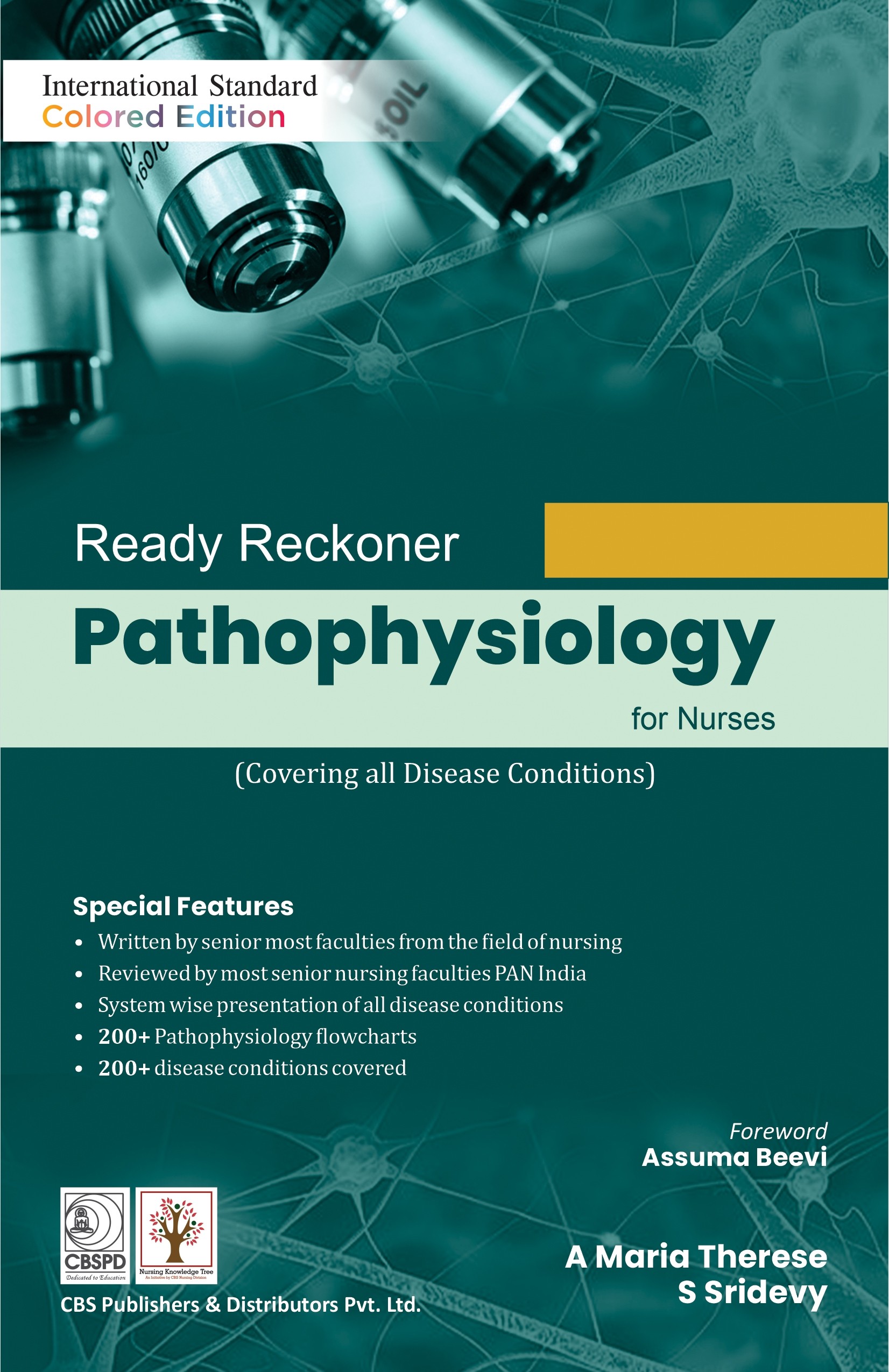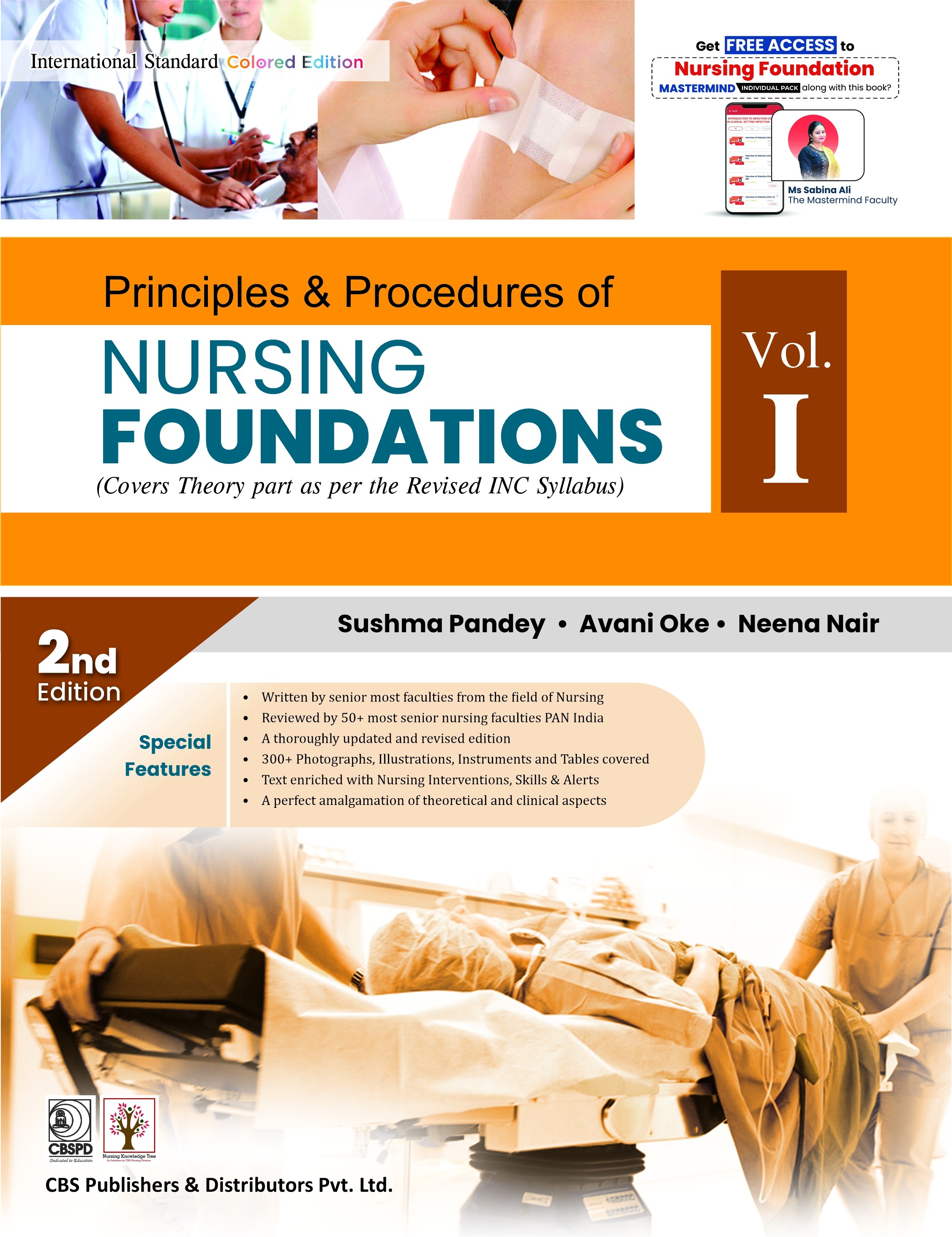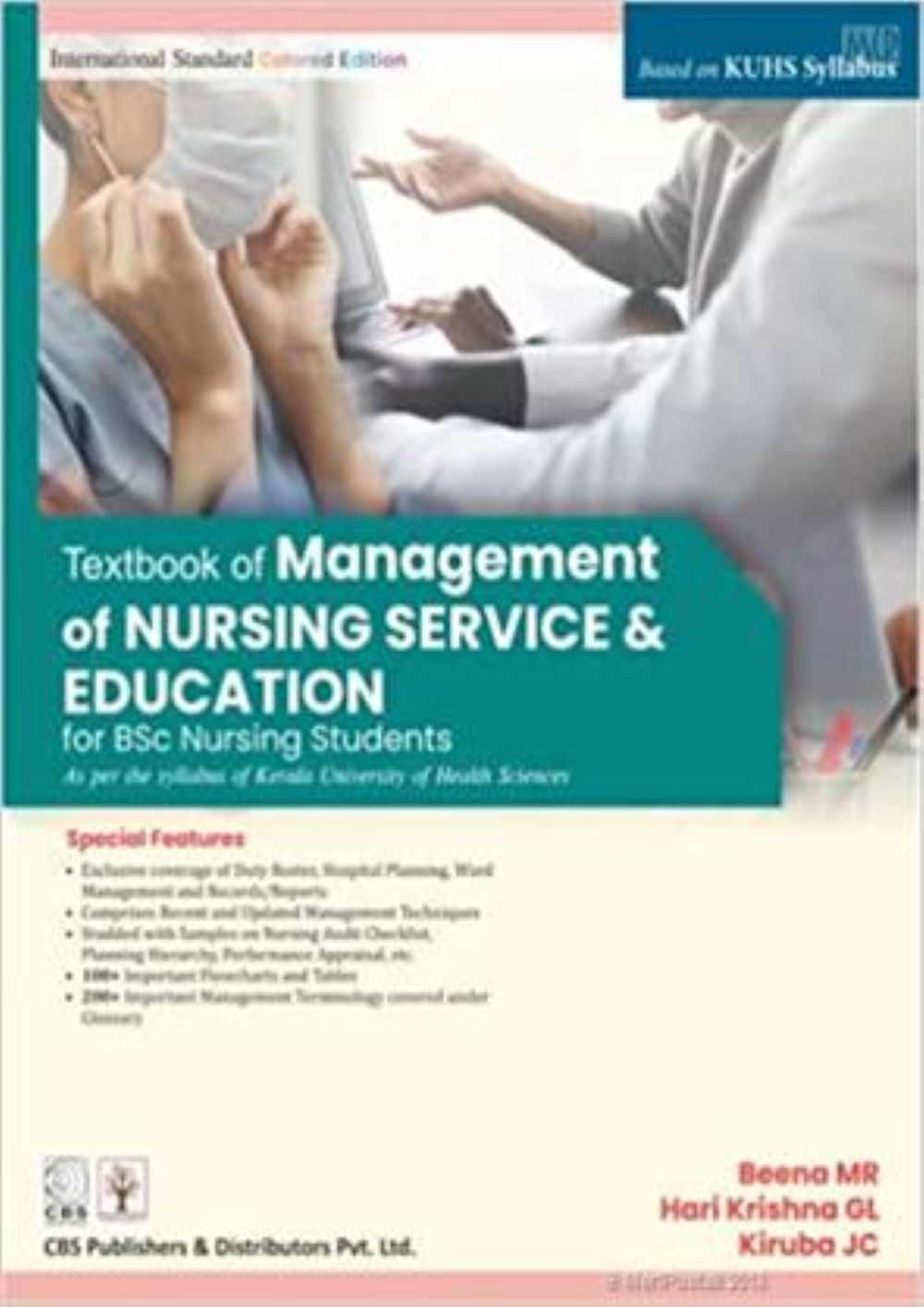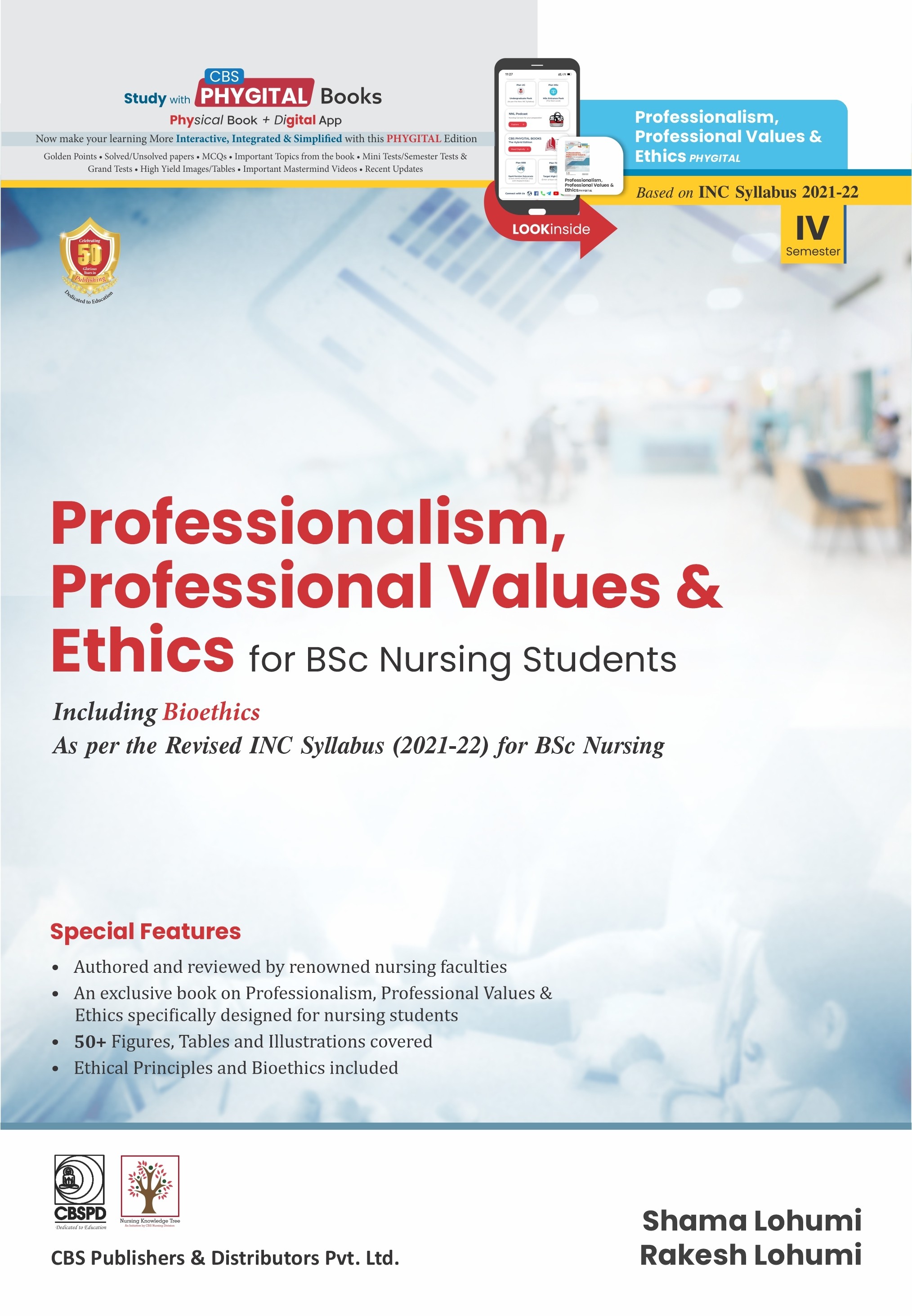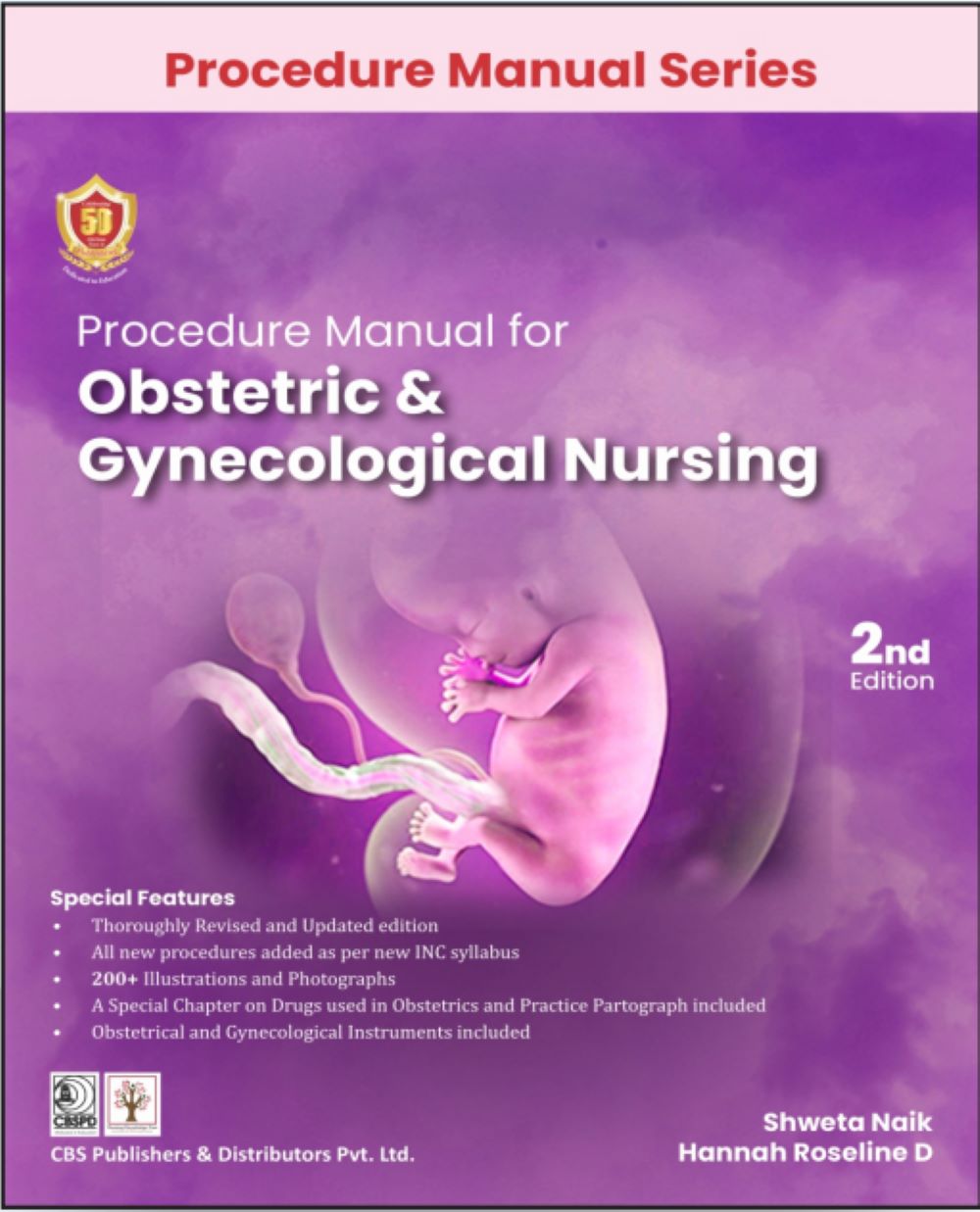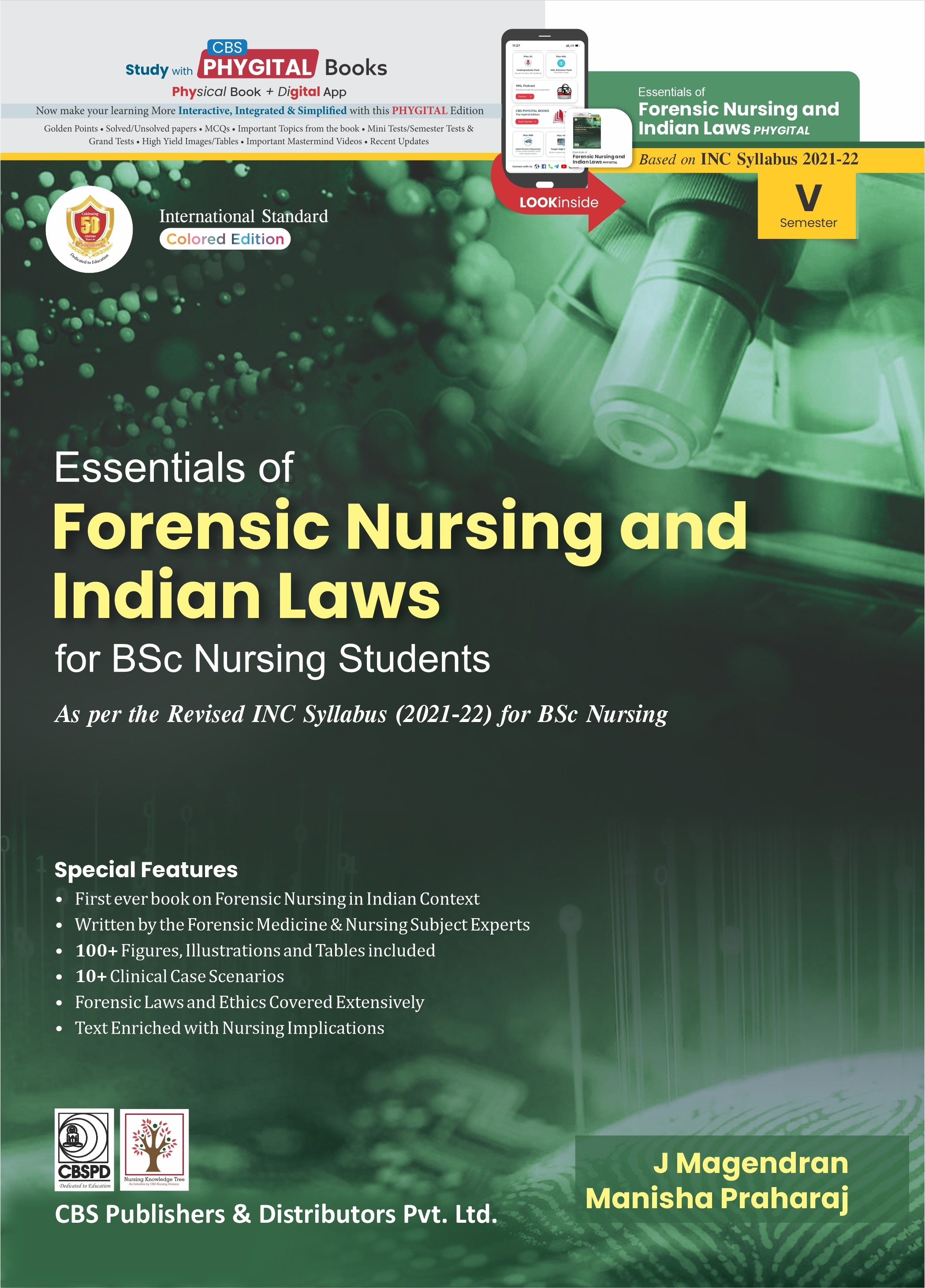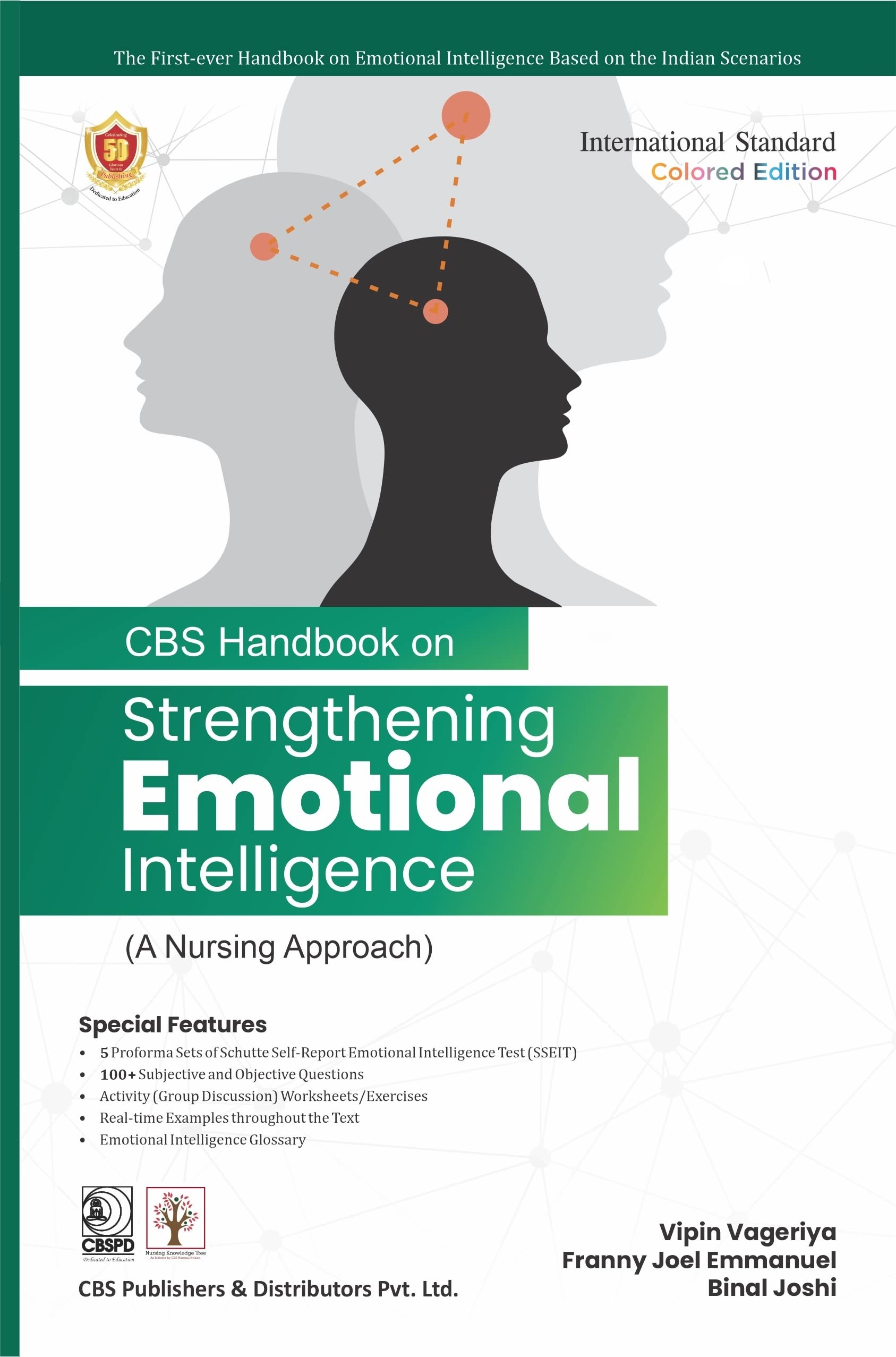Biochemical Techniques Theory And Practice (Pb 2015)
John F Robyt is an author of Biochemical Techniques Theory And Practice (Pb 2015) .
Biochemical Techniques presents the fundamental theory and practice used in biochemistry laboratory courses and in biochemical research. Chapter I covers the making of measurements and error analysis, the presentation of data in tables and graphs, and the writing of reports. Chapter 2 presents the preparation and properties of solutions and includes pH and buffers.
For some students, the contents of Chapters I and 2 may already have been covered in other chemistry courses. Chapter 3 proceeds with qualitative and quantitative techniques including UV and visible spectrophotometry, fluorimetry, and infrared and nuclear magnetic resonance spectroscopy. Chapter 4 covers chromatographic methods of analysis and is divided into two parts. Part I discusses the general aspects of the many types of chromatography and Part II covers specific applications for separating carbohydrates, amino acids, proteins, nucleic acids, and lipids. Chapter 5 presents electrophoretic methods of separation and places emphasis on zone electrophoresis, especially polyacrylamide- and agarose-gel electrophoresis. Chapter 6 discusses the nature and properties of radioisotopes and techniques for quantitatively measuring radioactivity by gas-ionization, liquid and solid scintillation spectrometry, and autoradiography. Specific methods of radioisotope labeling of biochemical compounds and applications of their use in tracer experiments are presented. Chapter 6 concludes with a discussion of the points that should be considered in designing an experiment using radioisotopes. Chapter 7 gives various, commonly used methods for the qualitative and quantitative determination of carbohydrates, amino acids, proteins, nucleic acids, and lipids. Wherever possible we have given the underlying chemistry and the limitations of the methods. Chapter 8 presents the techniques used in the preparation of different kinds of biochemical substances and includes cell lyses, centrifugation, filtration, concentration, dialysis, and fermentation. Specific methods of preparing organelles, proteins, carbohydrates, nucleic acids, and lipids are given. Within each class, specific examples were chosen to illustrate different sources, methods, and biochemical properties. For example, in the protein class, the preparation of jack bean urease is described for historical reasons as well as for the simplicity of the method of crystallization; yeast alcohol dehydrogenase is chosen to illustrate the combination of several different types of techniques used in protein purification; human salivary o-amylase is presented because it can be readily obtained from a human source and because of its ease of assay and frequent use in studying enzyme catalysis in laboratory courses.


